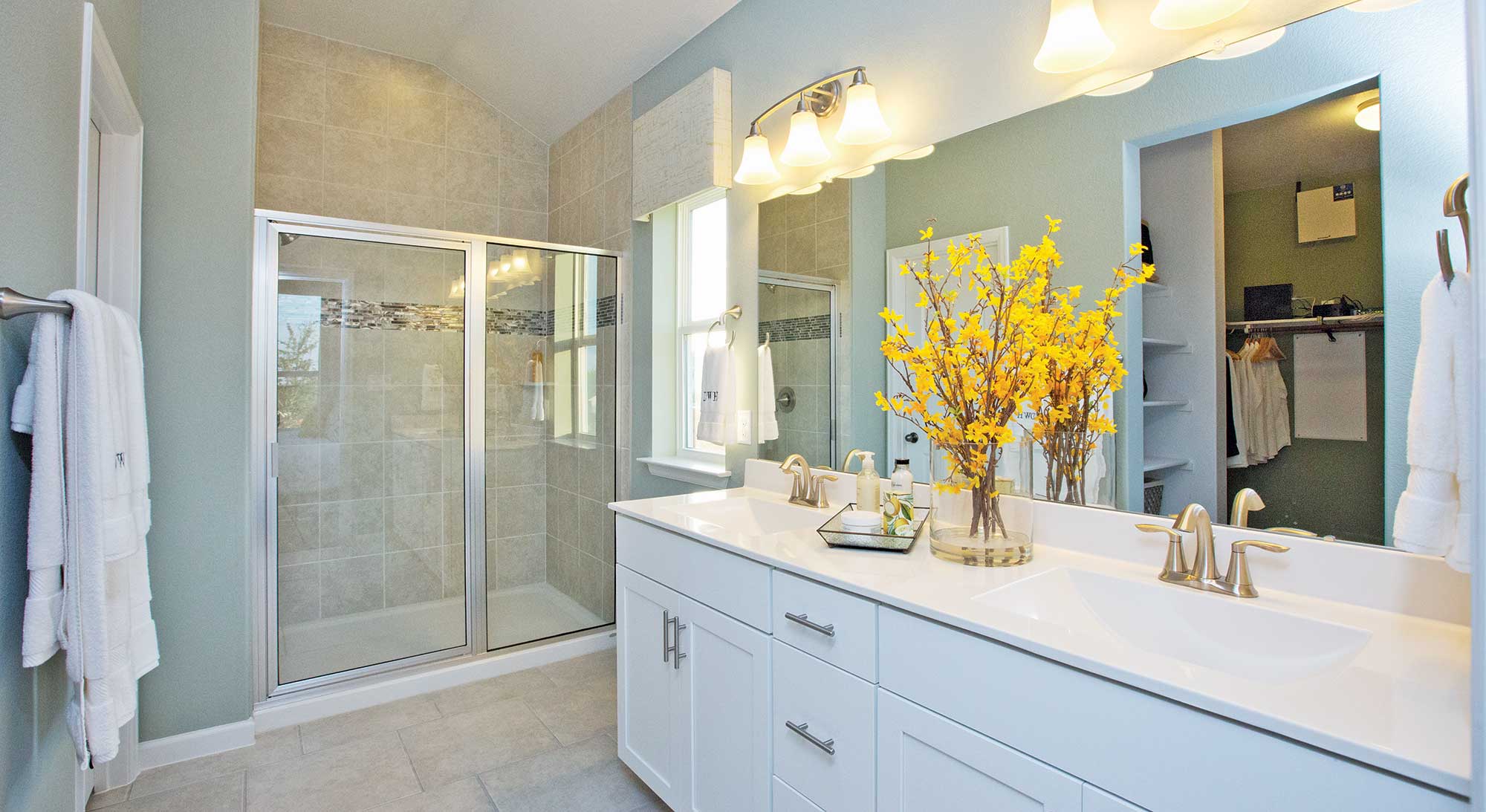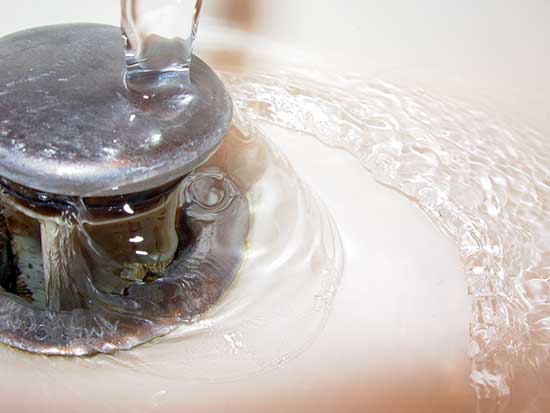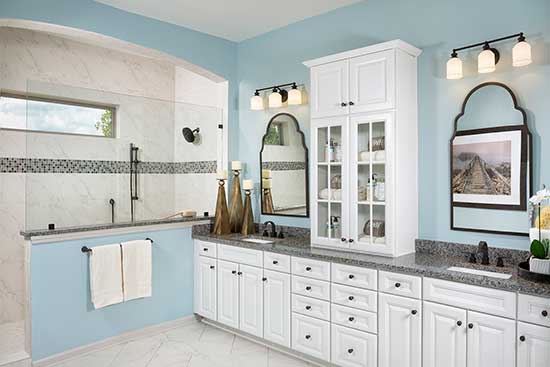Keep Your Drains Flowing and Fresh

Clogged drains can be a real nuisance, but with the right household items and a little know-how, you’ll be clearing clogs all on your own! Here are some easy DIY techniques for getting your drains to run freely, fast – without the hassle and cost of a plumber!
Don’t “Strain” Over the Little Things

Don’t “Strain” Over the Little Things
Effective drains are designed to catch material before it can move farther down into the pipes and cause even bigger problems. For bathroom sinks, showers and tubs, hair will typically get trapped in these areas, wrapping around stoppers and clinging to strainer holes until it begins to form a large mass that can restrict water flow.
If the clog is in the bathroom, use a sponge to remove any small clumps of hair lingering near the surface. For stubborn hair clogs, begin by removing the strainer. If your strainer has any screws, remove them and gently pry off with a flat-head screwdriver. Use a flexible drain cleaner stick with a hooked end – such as a straightened wire or snake tool – to remove any debris within two feet of the drain. Wiggle it down the drain pipe to clear any clogs and rinse the drain with hot water afterwards to see if it flows freely.
If you notice a clog in your kitchen sink, drain with hot water first, then proceed with above steps. Note: Don’t use boiling water if you have PVC pipes – the heat could cause the joints to loosen.
Grab Your Plunger, Not a Plumber
Plungers are not just for toilets – they can be very efficient in dislodging blockages in drains, too. If you have a double sink or any overflow holes, block with a wet rag or stopper. You’ll need to create a tight seal around the plunger, so add enough water to the sink or tub to cover the bell of your plunger. You can also apply petroleum jelly to the lip of your plunger for a better seal.
Now, place the plunger completely over the drain, grip the handle firmly, pull up and down on the handle several times to create enough water pressure to dislodge the clog and force it down the line. Remove the plunger from the drain to see how it flows and repeat the process if needed.
Slow-moving or stopped-up drains are common in bathrooms or kitchen sinks, but luckily, the fix is usually simple, quick and inexpensive.
Grab Your Plunger, Not a Plumber





